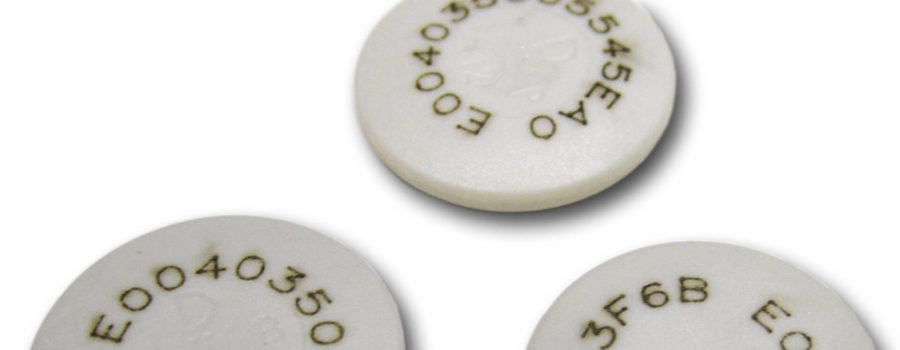
How to save time when handling and administering work clothes
Textile logistics
22 February, 2021

Textile logistics
It’s very common in the textile service industry that textiles are labeled with a Radio Frequency Identification (RFID) chip. These small chips, often sewn into a pocket or waistband on a garment, are very useful in the laundry process. Laundry services can record delivered items, direct them to the right customers and follow them throughout laundry management.
RFIDs also provide great benefits to you as a customer. Benefits such as reduced garment wear, automatic order placement and increased delivery reliability.
By connecting the chip with a garment distribution system, you get control all the way down to the user level where the work clothes are located. For example, staff garments must be returned before new ones are taken out. This way, you can control how many garment changes the staff can have at the same time. It’s a very effective way to reduce inefficient stockpiling of clothes by staff.
Because the laundry can register all textiles that come into the laundry via the chip, the customer gets order-free service. One example of this would be if the laundry receives 25 white sweaters, an order could be automatically placed for the same number of white sweaters to be delivered with the next delivery, without the customer having to place an order.
Everyone who works with hygienic textiles knows that it is important that textiles are not left unused for a long period of time in hospitals. This may cause poor hygiene. But it also affects laundry turnover rate. The chip enables you to control how long textiles are on the shelf. When textiles get into the laundry at a faster rate, they can also be delivered faster to the departments that need them.
The chip gives you more control over where the textile stock is located. You can then implement targeted efforts to limit misplaced items and, as a direct consequence, avoid unnecessary costs in the form of reinvestment in the textile stock. Using a textile logistics system, you can easily get statistics and take action.
For certain types of work clothes, such as hospital operating garments or food manufacturing clothes, it is especially important to check how many times a garment has been washed to ensure the proper quality. Thanks to chip marking, a garment is automatically sent to disposal when it has been washed the predetermined maximum number of times.
In order to get all the benefits of traceability through chip marking, customer coordination with the laundry is required. Textile stock and user behavior are examined. In the start-up phase, it is important to focus on desired functionality and demand, rather than on what kind of technology you want. Based on this, we’ll propose the best technology and solution for you.
/ Petter Nilsson
Leave a Reply